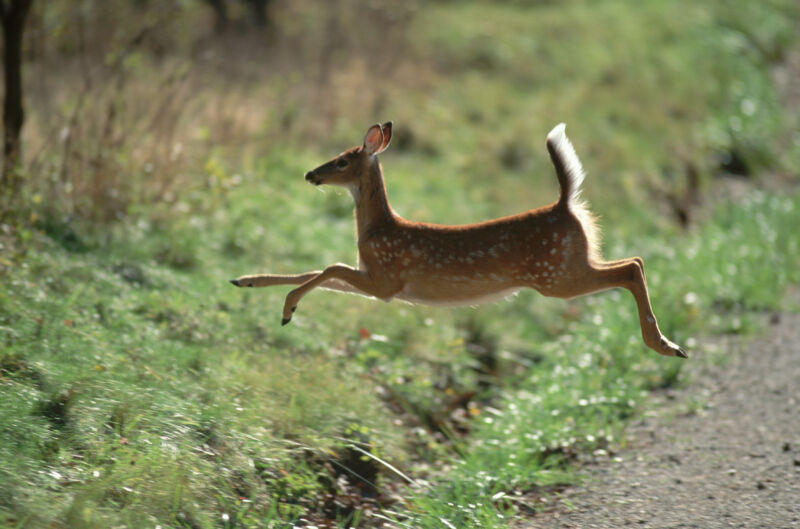New study suggests SARS-CoV-2 spreading widely within wild deer population

Enlarge (credit: Raymond Gehman / Getty Images)
Earlier this year, researchers found that many wild deer in Michigan had antibodies that suggested the animals had been exposed to SARS-CoV-2, the virus that causes COVID-19. It was a significant cause for concern, as a large population of susceptible animals could act as a reservoir that allows the virus to spread back to humans.
At the time, however, uncertainties abounded. The study looked at only a small sample of the deer population of one state—we didn't know how the animals were exposed, and we didn't know whether the virus was actually spreading among wild deer. Since then, a few of the blanks have been filled in. Critically, deer-to-deer transmission has been observed in captivity. On Monday, a preprint of a new paper answered some more questions, showing that infection is widespread in a second state, driven both by its spread from humans and deer-to-deer transmission.
Overall, the news is not especially good, though we still don't understand what risks it may pose to humans.
Read 15 remaining paragraphs | Comments
source https://arstechnica.com/?p=1809741